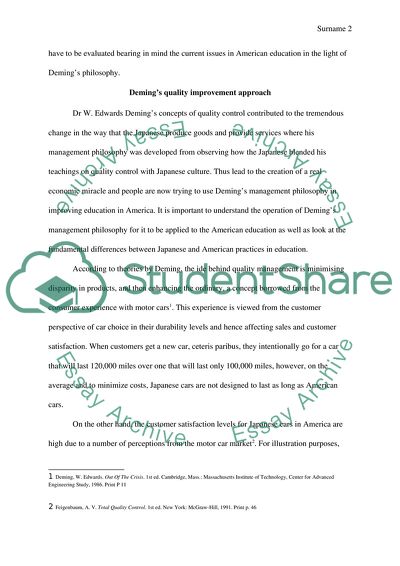Cite this document
(“An improvement Approach to Quality Education In the United States of Research Proposal”, n.d.)
Retrieved from https://studentshare.org/social-science/1644480-an-improvement-approach-to-quality-education-in-the-united-states-of-america
Retrieved from https://studentshare.org/social-science/1644480-an-improvement-approach-to-quality-education-in-the-united-states-of-america
(An Improvement Approach to Quality Education In the United States of Research Proposal)
https://studentshare.org/social-science/1644480-an-improvement-approach-to-quality-education-in-the-united-states-of-america.
https://studentshare.org/social-science/1644480-an-improvement-approach-to-quality-education-in-the-united-states-of-america.
“An Improvement Approach to Quality Education In the United States of Research Proposal”, n.d. https://studentshare.org/social-science/1644480-an-improvement-approach-to-quality-education-in-the-united-states-of-america.


